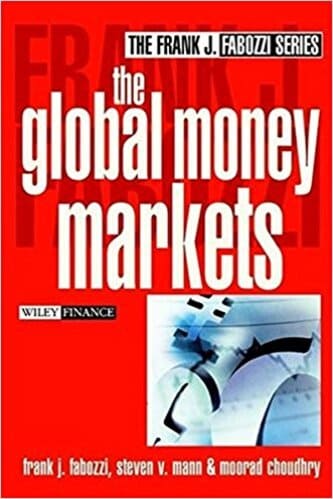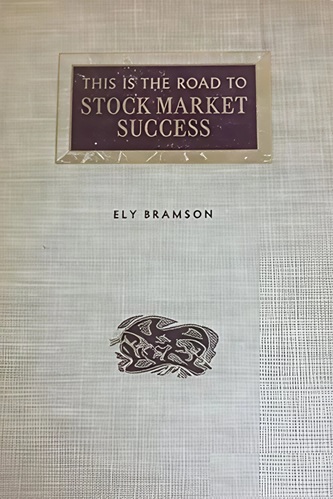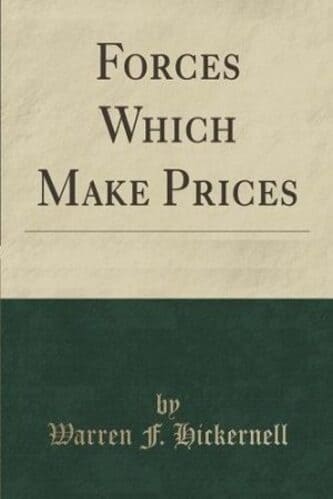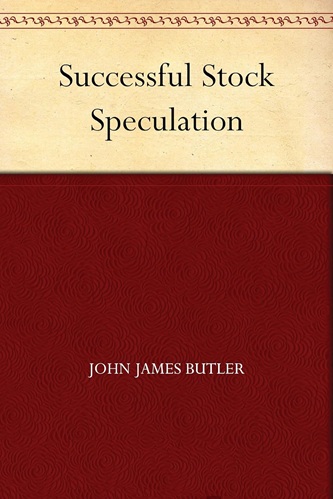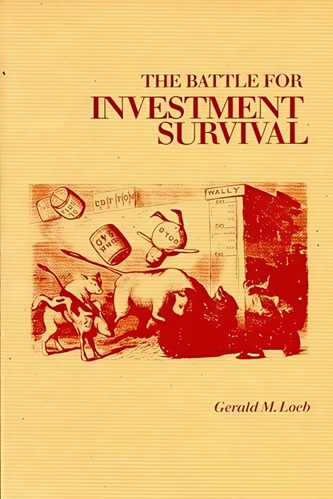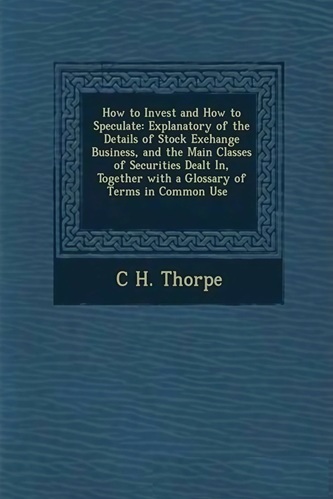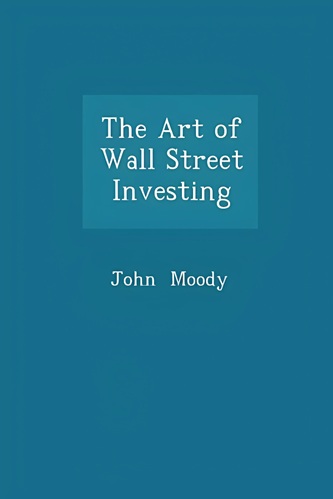The Global Money Markets
$21.33
| Author(s) | , , |
|---|---|
| Pages |
334 |
| Format |
|
| Publication Year |
2002 |
The Global Money Markets is traditionally defined as the market for financial assets that have original maturities of one year or less. In essence, it is the market for short-term debt instruments.
Introduction:
Financial assets traded in this market include such instruments as U.S. Treasury bills, commercial paper, some medium-term notes, bankers acceptances, federal agency discount paper, most certificates of deposit, repurchase agreements, floating-rate agreements, and federal funds The scope of the money market has expanded in recent years to include securitized products such mortgage-backed and asset-backed securities with short average lives. These securities, along with the derivative contracts associated with them, are the subject of this book.
The money market is a market in which the cash requirements of market participants who are long cash are met along with the requirements of those that are short cash. This is identical to any financial market; the distinguishing factor of the money market is that it provides for only short-term cash requirements. The market will always, without fail, be required because the needs of long cash and short cash market participants are never completely synchronized. The participants in the market are many and varied, and large numbers of them are both borrowers and lenders at the same time. They include:
- the sovereign authority, including the central government (“Treasury”), as well as government agencies and the central bank or reserve bank;
- financial institutions such as the large integrated investment banks, commercial banks, mortgage institutions, insurance companies, and finance companies;
- corporations of all types;
- individual private investors, such as high net-worth individuals and small savers;
- intermediaries such as money brokers, banking institutions, etc.;
- infrastructure of the marketplace, such as derivatives exchanges.
A money market exists in virtually every country in the world, and all such markets exhibit the characteristics we describe in this book to some extent. For instance, they provide a means by which the conflicting needs of borrowers and lenders can achieve equilibrium, they act as a conduit for financing of all maturities between one day and one year, and they can be accessed by individuals, corporations, and governments alike.
Contents:
- Money Market Calculations
- U.S. Treasury Bills
- Agency Instruments
- Corporate Obligations: Commercial Paper and Medium-Term Notes
- Debt Obligations of Financial Institutions
- Floating-Rate Securities
- Repurchase and Reverse Repurchase Agreements
- Short-Term Mortgage-Backed Securities
- Short-Term Asset-Backed Securities
- Futures and Forward Rate Agreements
- Swaps and Caps/Floors
- Asset and Liability Management
- Bank Regulatory Capital
The Global Money Markets By Frank J. Fabozzi, Steven V. Mann pdf

